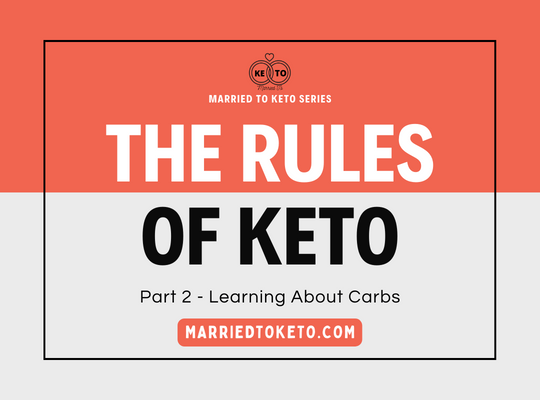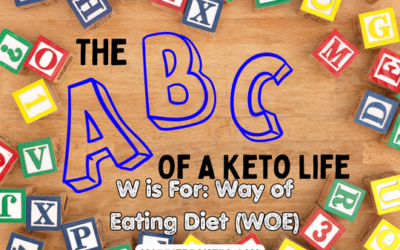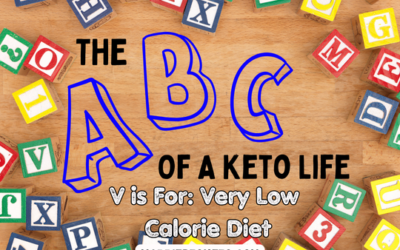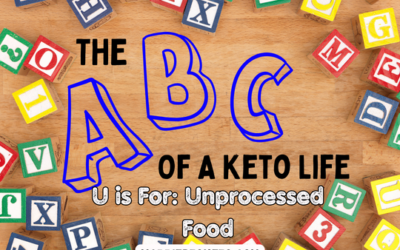Keto is becoming bigger and bigger as people realize they have to change their food habits for their health. We know that obesity is a problem that is negatively affecting our health care system. Obesity is a risk factor in many chronic diseases, such as heart disease, strokes, and type 2 diabetes. In our series of rules for keto, our second rule is to learn about carbs on keto.
What Are Carbs?
Carbs are starches, fibers, and sugars. They are food nutrients that the body turns into glucose for energy. In today’s society, this is the most typical form of our bodies working. But, it wasn’t always that way. Our ancestors used ketosis regularly during the winter months when it was much easier to find meat than it was to find plant-based foods. Our bodies have the capability to switch from burning carbs for fuel to burning fat for fuel. It was a fact that we lost for many years, and now it’s back and getting very popular.
Starches tend to be complex carbs. They keep us feeling full longer because it takes our bodies longer to break down. These are things like beans, legumes, fruit, whole grain products, and vegetables. Fiber is in a lot of the complex carbs. Our bodies can’t break this down at all, so it goes through our systems and ends up helping us with our digestion. Finally, sugar is a simple carb that causes our blood sugars to rise and fall quickly. These can be naturally occurring (like in fruit) or added (like in baked goods). There is no nutritional value to sugar.
What Carbs on Keto Can You Eat?
The idea of keto is that you stay under 20 grams of carbs a day. This equals out to about 5% of your daily intake of food. It’s not a lot when our society typically eats a carb-heavy diet. Starches tend to be high in carbs, even if they do take longer to break down. For example, a ½ cup of brown rice has 23 grams of carbs. When you take out the fiber count (we’ll talk about this later), it ends up having about 21 grams of net carbs. That ½ cup of rice gives you more than your daily allowance of carbs with keto.
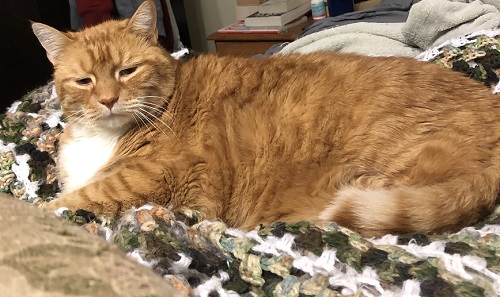
Keto focuses on eating vegetables, specifically leafy greens and cruciferous vegetables. This includes cauliflower, Bok choy, broccoli, and Brussels sprouts. They are low in carbs but high in nutrients that your body needs to function properly.
Can you Take In Fiber Carbs on Keto?
Yes. Fiber doesn’t count for our carb tracking because your body doesn’t break it down. It just pushes it through, which helps with your digestion (i.e. pooping). When you subtract fiber from the total number of carbs, it’s called net carbs. This is an accepted process on keto.
So, for example, broccoli has 3 grams of carbs in half a cup. There is about 1 gram of fiber included in that count. So, if you subtract the fiber from the total carbs, you get 2 grams of net carbs. In your daily total, you would count 2 grams of carbs.
How Do You Know How Many Carbs Are In Food?
The nutritional information for fresh fruit and vegetables is available online. If you Google it, there will be information listed. Not everyone does the same serving size, so ensure you are looking at the right amount of food. For anything that comes in a package, there are labels. It’s important to learn to read the labels. Look for the total carbs and subtract any fiber listed. That gives you your net carbs per serving. Be aware that, again, not everyone uses the same serving size. The label has the amount measured at the top of the label.
Speaking of measuring, it’s important to measure your food. One of our first purchases was a food scale. It’s very easy to underestimate how much food you are taking in. We are actually now on our second food scale and we also bought an extra set of measuring cups. Make sure if you are tracking ½ cup of broccoli, it’s actually ½ a cup. Otherwise, you’re only cheating yourself.
Keeping Track of Carbs on Keto
There are tracking apps. I find them a little more trouble than they’re worth. But, I’m older and not as tech-based as many. I prefer keeping track the old fashioned way – with paper and pencil. What worked for us when we first started was planning the week’s meals and figuring out what the carb counts would be. It takes longer, but it’s a good alternative to tracking every day and at every meal. It also means you don’t get to the end of the day and have no carbs left for your meal.
The basis of keto is to reduce your carbs to a point where your body has none to burn. It then turns to fat as fuel. Some people can do more than 20 grams of carbs and remain in ketosis. But, it’s a good starting point for people. You can always increase a bit. Keto is about knowing what you are eating and how much of it you are eating. So, learn about carbs!
Wendy

